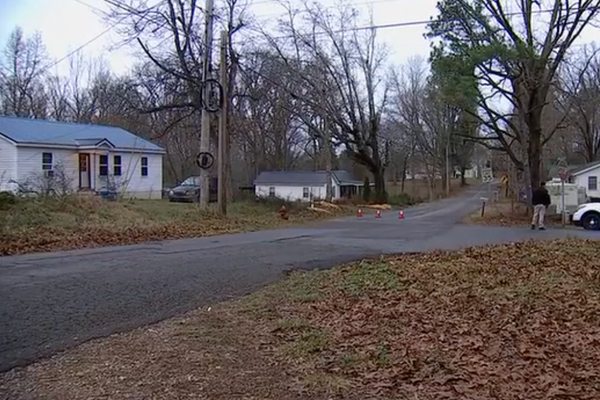
NHS ambulance trusts in England are struggling with high staff turnover as key workers leave the crisis-hit service for less stressful or better paid work, according to figures obtained by the Observer.
Data sourced under the Freedom of Information Act reveals the backdrop to recent ambulance strikes, with sickness rates above pre-pandemic levels and low levels of staff retention. Ambulance services in southern England are particularly struggling. Staff turnover rates at South Central ambulance service (SCAS) are soaring at 20% – meaning one in five staff members leave over the course of a year.
The turnover rate for advanced paramedics is 20%, rising to more than 40% for dispatchers, 55% for assistant dispatchers, and 80% for emergency call-takers and NHS 111 healthcare advisers. Sickness absence rates are also higher thanbefore the pandemic.
South Western ambulance service (SWAS) has among the longest emergency response times in England. Hospital handover delays mean a third of 999 calls to the trust are repeat calls from patients or carers asking when an ambulance will come.
During 2022, monthly sickness absence rates at SWAS regularly rose above 10% in certain staff roles – and were often well over 20% among staff on the clinical support desk. Staff turnover over 12 months was up to 30% for clinical support desk staff and above 50% among emergency medical dispatchers – both of them pressurised roles.
High turnover makes it harder to increase staff levels, diluting the effect of recruitment drives. A spokesperson for SWAS said the trust was seeing improved retention rates among Emergency Operations Centres (EOC) staff, who receive 999 calls: “This focus and effort is particularly important within our EOC because of the continued and extensive pressure that has been placed on the service since the beginning of the pandemic, which has inevitably impacted on our sickness and turnover rates.”
Ambulance workers have gone on strike over pay in recent months, with members of the GMB trade union among those currently voting on a pay offer. Rachel Harrison, GMB national secretary, said: “Ambulance workers do an incredibly important job, but it is no surprise that the stress they face has increased since the pandemic.
“Even at the best of times this is a physically and mentally demanding job. And after 13 years of Conservative mismanagement, the NHS is at breaking point. Workforce numbers haven’t kept pace with sharply rising demand. Fewer staff are having to cover more – all as delays and backlogs in the system make their jobs harder.
“The absences caused by staff shortages and overwork are already contributing to potential delays in attending incidents. It’s time paramedics and other ambulance staff workers got the support they deserve.”
The effect of high staff turnover is visible in the South East Coast ambulance service. Trust board papers suggest that high turnover is part of why it is failing to employ enough staff in 999 frontline positions. It also contributes to the poor performance of its NHS 111 service. The 12-month turnover rate in EOC roles reached 40% in December. A spokesperson said the service was committed to increasing recruitment and retention levels.
A Department of Health and Social Care spokesperson said: “We know that if we are to build a stronger NHS it is vital to have the workforce to support it – and their health and wellbeing is of paramount importance.
“The NHS is providing mental health support for staff, including targeted psychological support and treatment and a national service for those with more complex mental health needs.
“To ease the pressures on healthcare staff, the NHS will soon publish a long-term workforce plan to support and grow the workforce.”







